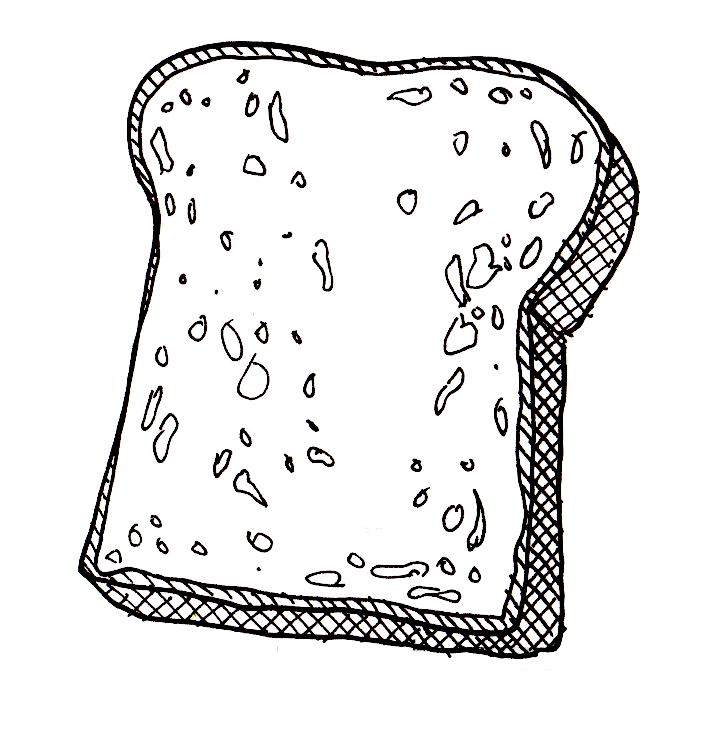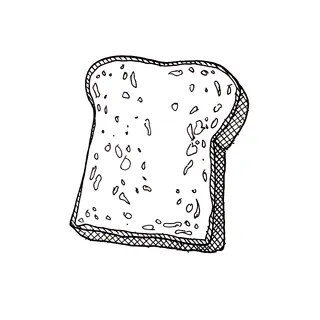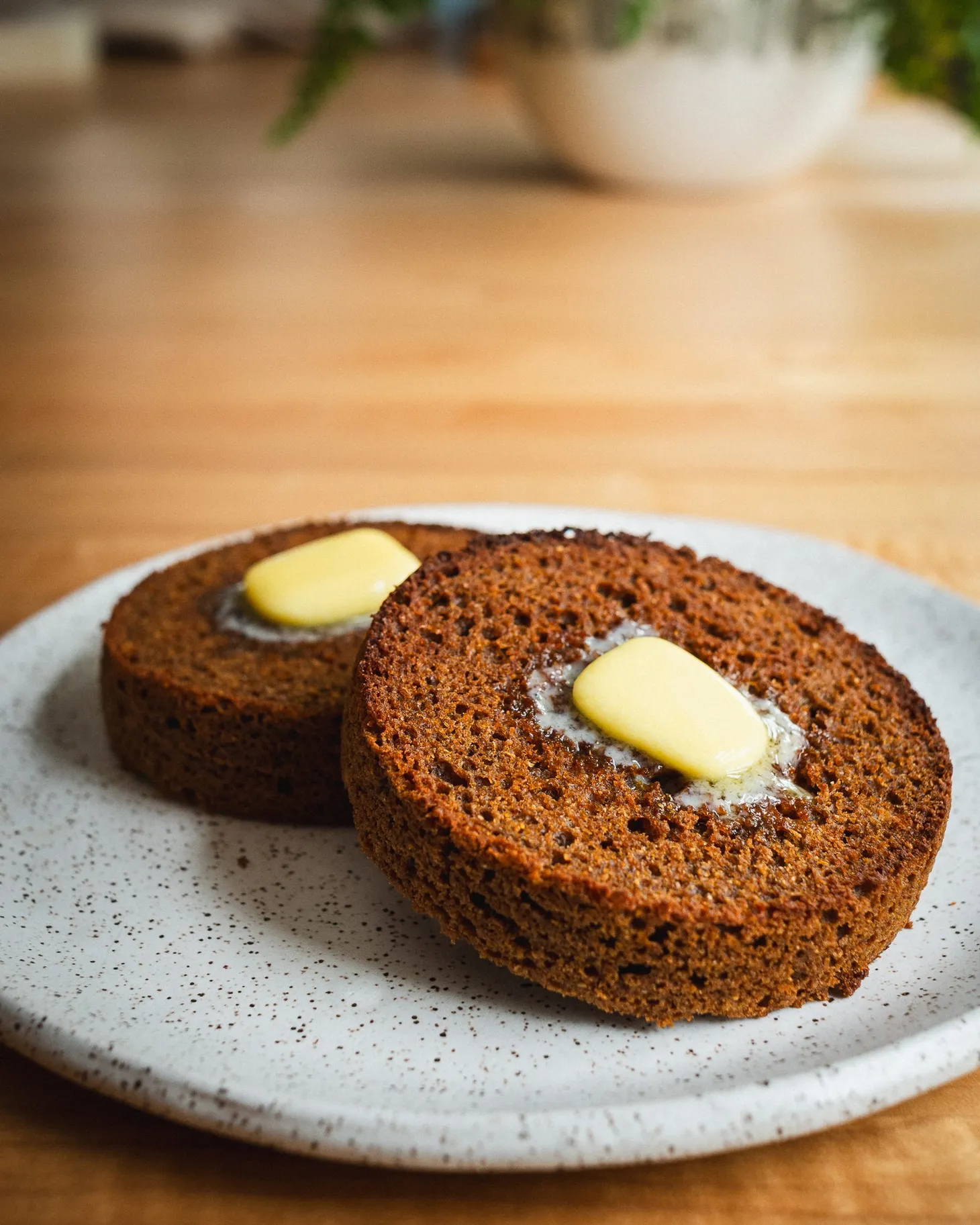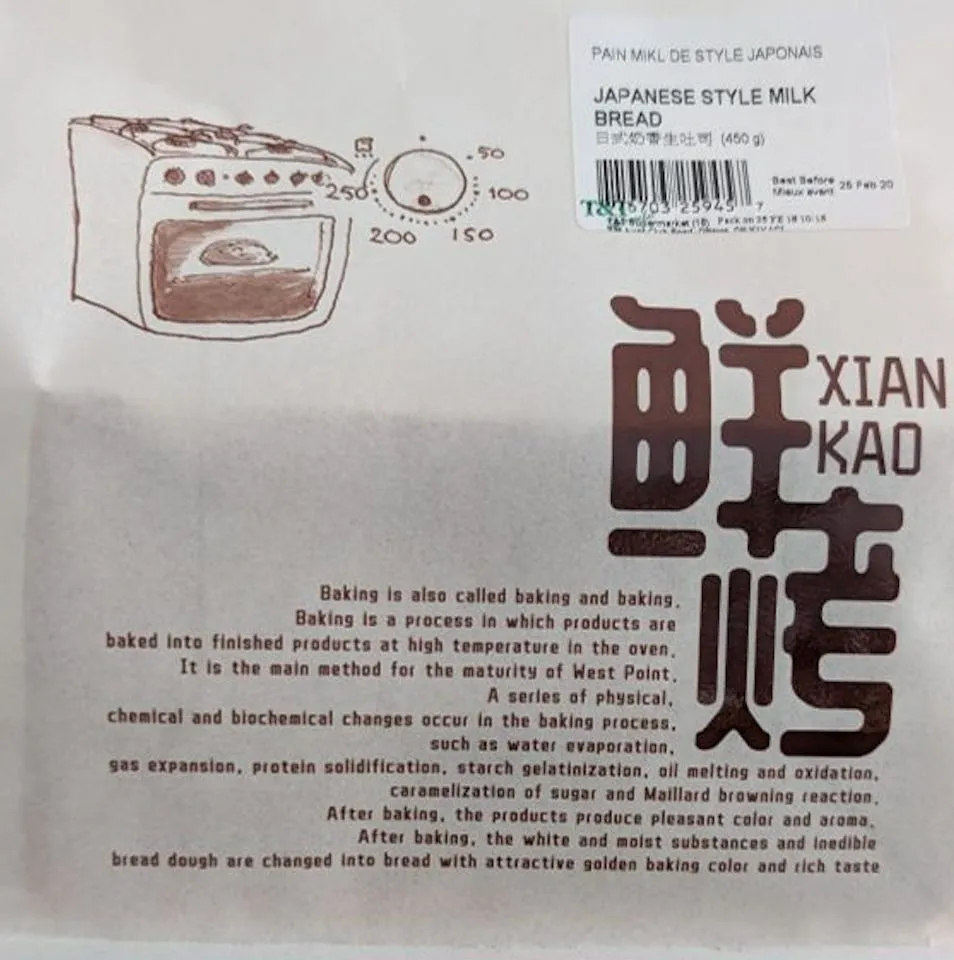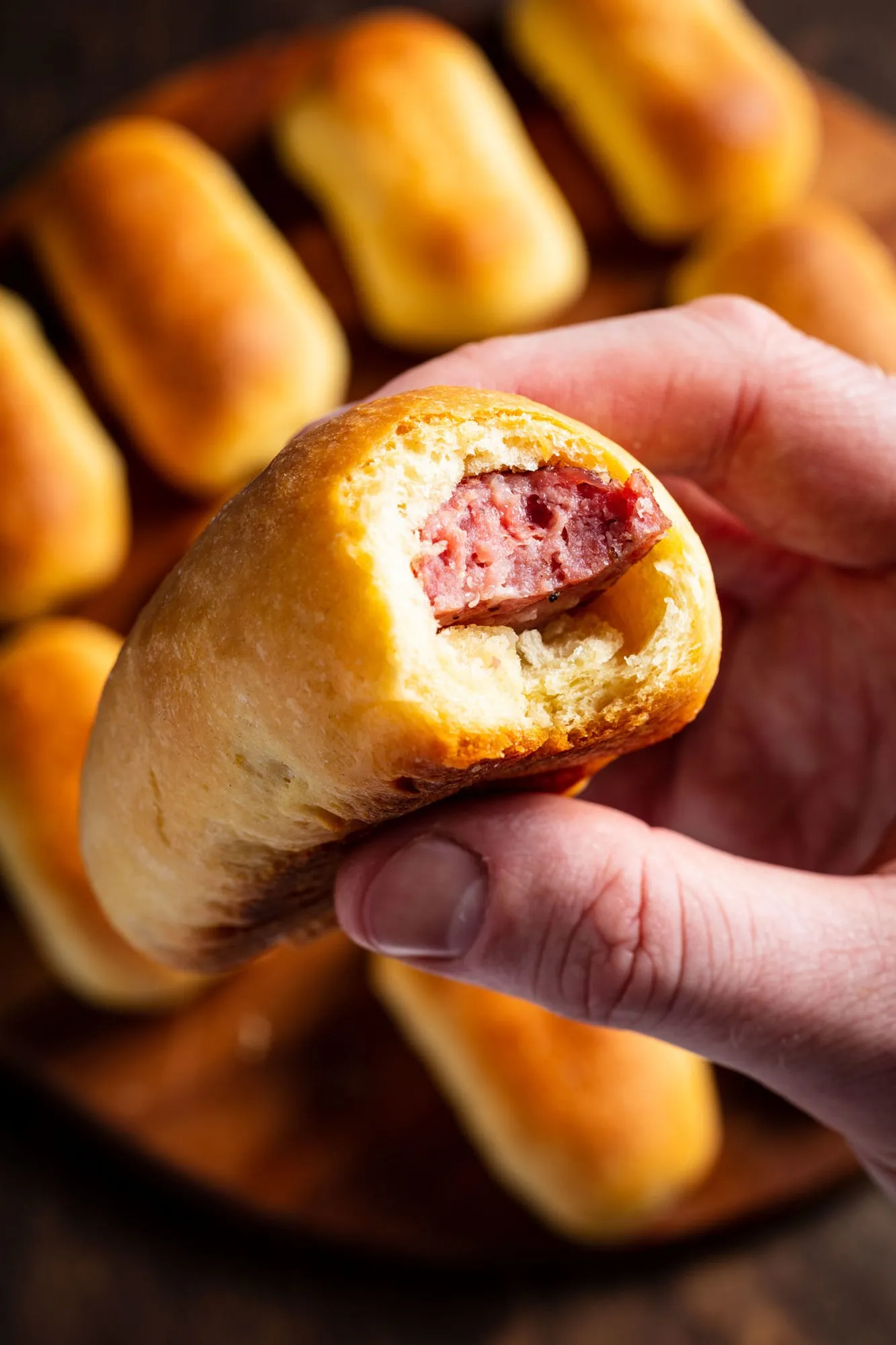The Spell of Sourdough Baking
IYKYK
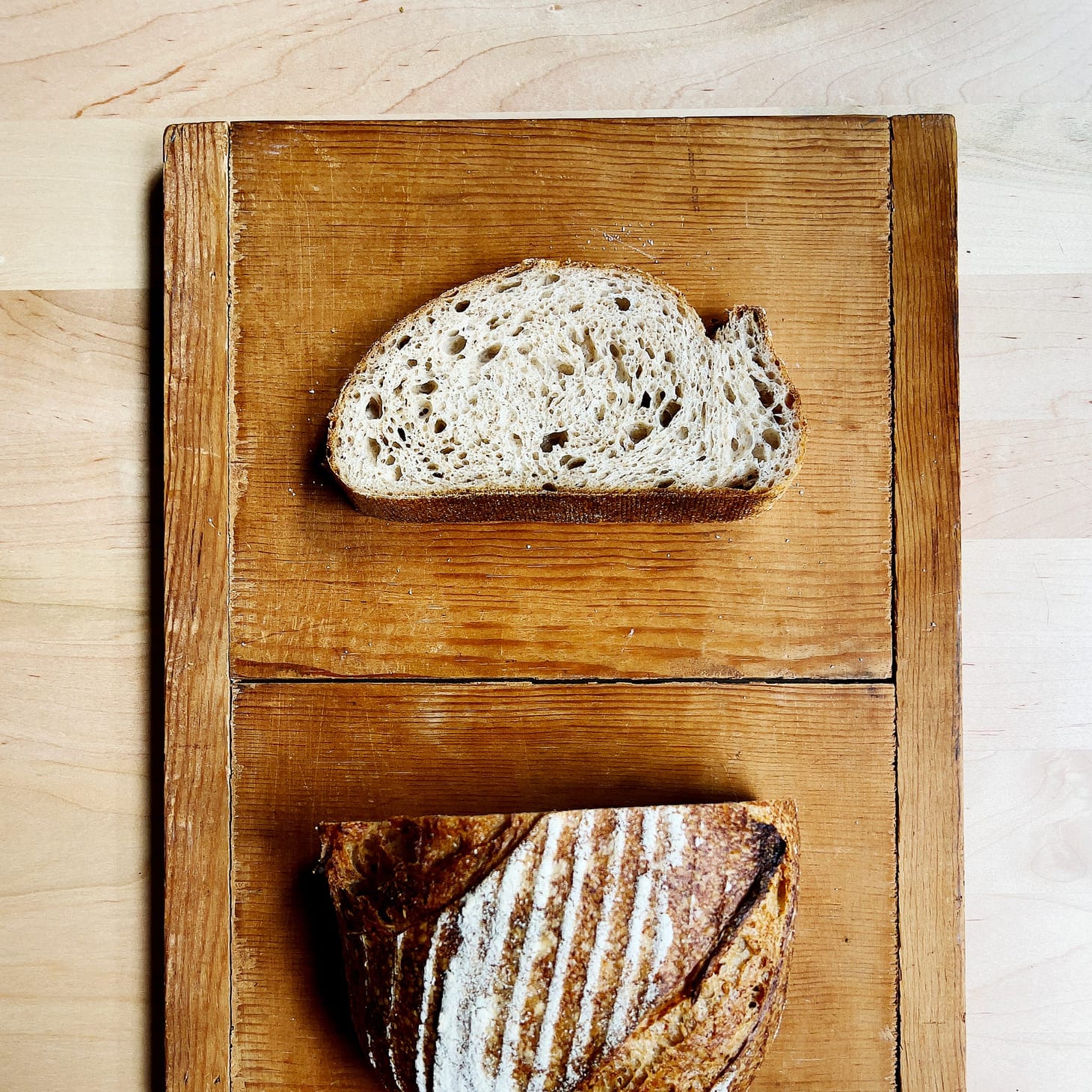
Table of Contents
Breaducation, my future bread book, is meant to be a practical guide to bread baking of all kinds (though I am limiting myself to loaf breads and untopped flatbreads, since it's only one book and I'm only one person), which means it will cover both yeasted and sourdough breads.
I bake both yeasted and sourdough breads, and love each of them equally. Unlike some others, I think both styles of baking have their place, and do not hold one above the other as superior. I do think that—while you can make all of the same sorts of breads using either type of ferment—some breads are better when made using one or the other, for many reasons: flavor, texture, keeping qualities, and so on. Sometimes the choice is simply practical: For example, you can definitely make lovely enriched breads like brioche using sourdough (and I'll be covering how to do so in the book), but their fermentation times are typically orders of magnitude longer than those made with yeast, which makes them impractical for the schedules of many bakers.
All that said, I do tend to bake sourdough breads more often than yeasted ones, and not only right now while I'm focused on the sourdough recipes for the book. This is for a few reasons:
One, it makes more sense for someone who bakes bread on a regular basis, which for me—a least when I’m not working on a book all about bread—is once or twice a week. We eat bread with many meals, and it’s always homemade. Leaving aside the fact that sourdough breads keep far longer than most yeasted ones (more on which below), sourdough makes for the ideal “table bread” in most instances: It usually is lean, with little to no fat, and often includes high percentages of whole grains or whole grain flours. Bread isn't necessarily the healthiest of starches, so if I’m going to eat it regularly, I want it to be as wholesome as possible most of the time. I love squishy, plush enriched breads, but for me those are treats, not daily staples; the sorts of breads we do eat regularly are generally best when made with sourdough.
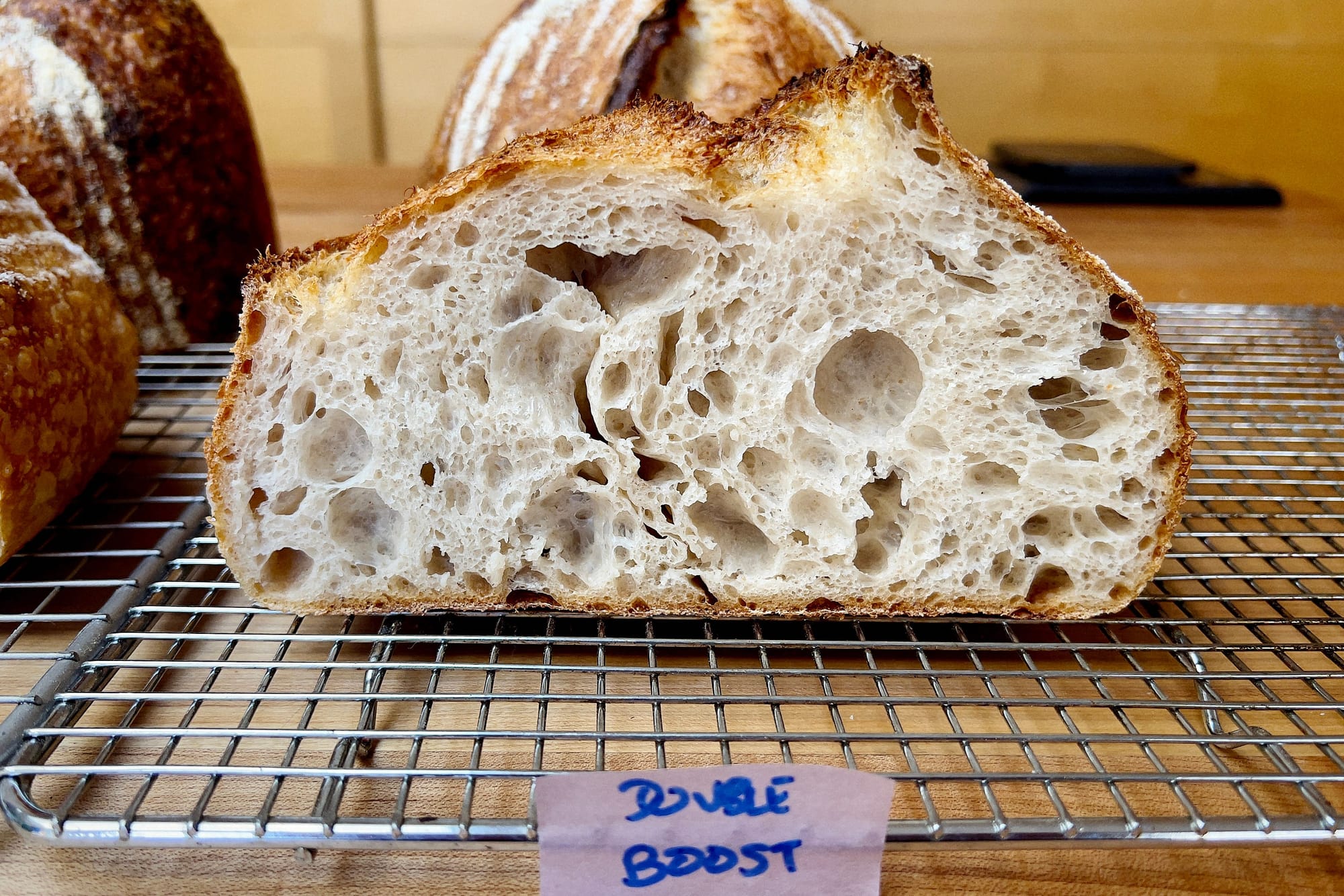
But this works in the inverse direction too: If you are already maintaining a sourdough starter on a regular basis, whether you feed it once or twice a week (the bare minimum, IMO), or once or twice daily (as I am doing these days as I work on the book), it’s only natural to reach for sourdough over yeast most of the time. I make use of all of my sourdough discard in other recipes, so nothing really goes to waste, but why maintain a starter if not to use it often? Once you are in the rhythm and under the spell of your sourdough starter, it demands to be used in your breads—it not only needs to be kept alive, it wants to live. Which means baking with it as often as possible.
The “spell” of sourdough baking is something that I think some yeast-only bakers fail to comprehend. Unless you begin your bread baking career with sourdough (as many do), making the leap from using commercial yeast to a natural leaven can seem like a daunting and confounding task. Those of you in this category might well find yourself wondering why so many others choose to delve into sourdough baking, given how complex and mysterious it can appear relative to the simplicity of just measuring out a few grains of yeast into a dough and having the fermentation proceed at a speedy and reliable clip. So why would one choose sourdough baking in the first place?
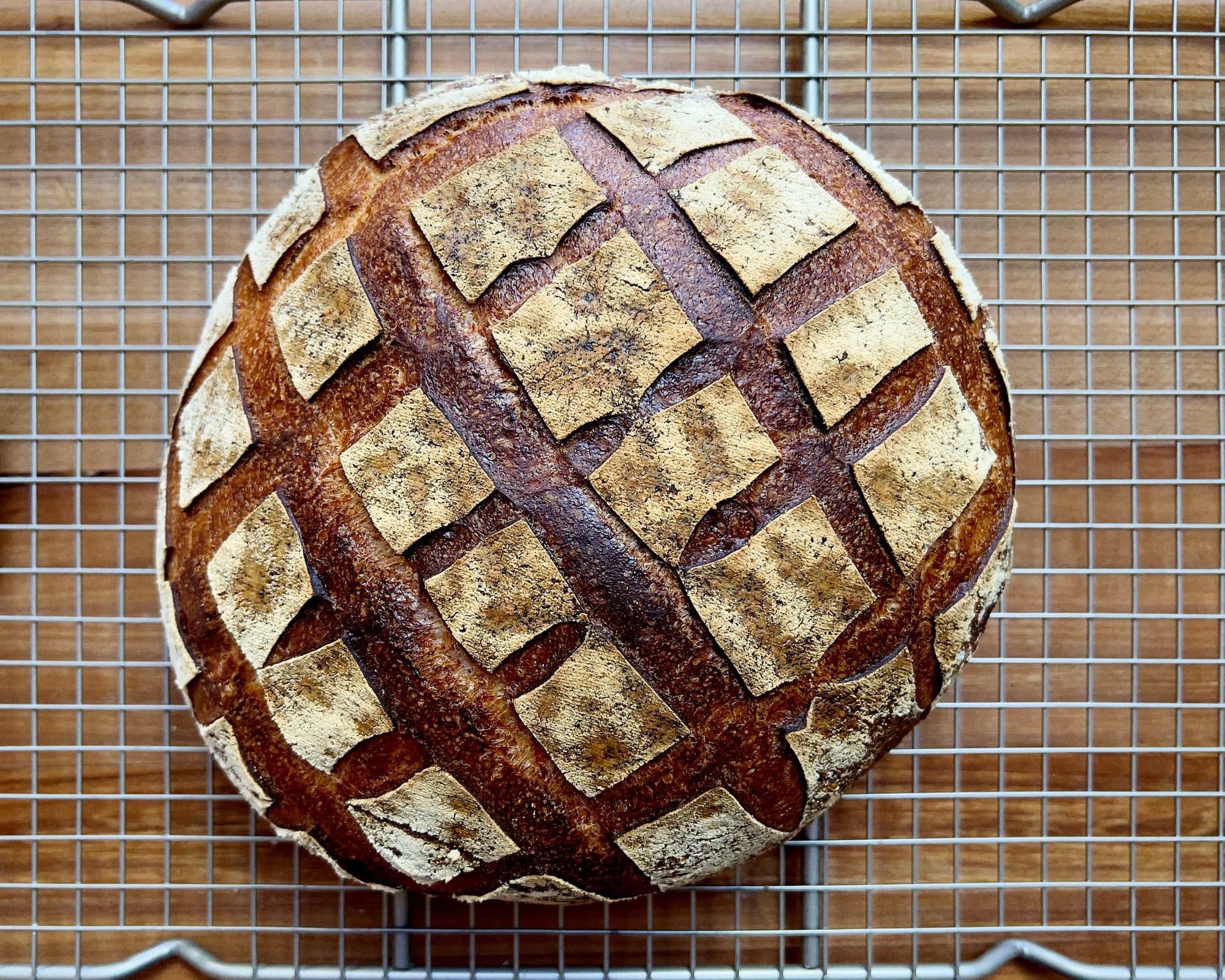
For one thing, I think it produces breads with a far more complex flavor than yeasted breads. While there are ways to push the complexity of yeasted breads (long fermentations, primarily), thanks to the lactic and acetic acids that are produced during all sourdough fermentations, sourdoughs are often inherently more interesting, flavor-wise. Yeast breads tend to taste more of wheat than fermentation. Sometimes that is a good thing—wheat does have flavor and aroma on its own, but those flavors are fairly subtle and are easily overwhelmed by the more assertive character of sourdough. But oftentimes I find a bread without the tang of sourdough (even when that tang is mild, as I tend to prefer it) to taste flat, or somehow lacking.
Sourdough breads also stay fresh far longer than yeasted ones. If you only bake once or twice a week and want the texture your bread to stay as close to as it was on the day it was baked, then you really should be baking with sourdough. The same acids that lend sourdough breads flavor also help prevent staling by slowing the movement of water out of the bread's starches. Lean yeasted loaves usually stay "fresh” for no more than a day or two, after which they are better used for stale-bread applications like croutons or panzanella, or at the very least toasted to restore some of their former glory. Meanwhile, my own sourdough loaves stay fresh for 4 or 5 days, even without toasting (and they are restored much more fully when toasted than any yeasted ones ever are).
Sourdough breads also have a different texture than yeasted breads, even those made from the same set of ingredients in identical ratios. This isn't really a better-worse situation: Yeasted breads have a weightlessness to them that in many instances is welcome. I usually prefer the crisp lightness of yeasted baguettes, and I think the texture of many flatbreads—including pizza—is superior when commercial yeast is included, because it can temper chewiness. (I often employ a “hybrid” approach for these sorts of breads, combining a sourdough leaven with a tiny amount of commercial yeast, which provides the benefits of both.)
Meanwhile, sourdoughs have an appealing heft and density that yeasted breads usually lack. The same acids that slow down staling also alter the way the bread "feels" when fresh (in part, I think, because of the way that their starches hold onto the moisture they contain). With crusty, fat loaves, I usually prefer the texture of sourdoughs, even when either is freshly baked.
But there’s another good reason to choose sourdough baking, above and beyond its effects on the breads themselves: It syncs you more fully into the rhythms of bread baking. Sourdough is complex, relative to the use of commercial yeast. Long before you actually bake a loaf of sourdough bread, you'll need to create or acquire a sourdough starter and, most importantly, learn how to keep it alive and happy. And there is perhaps no practice that can teach you more about bread baking and fermentation than attending to a sourdough starter's needs.
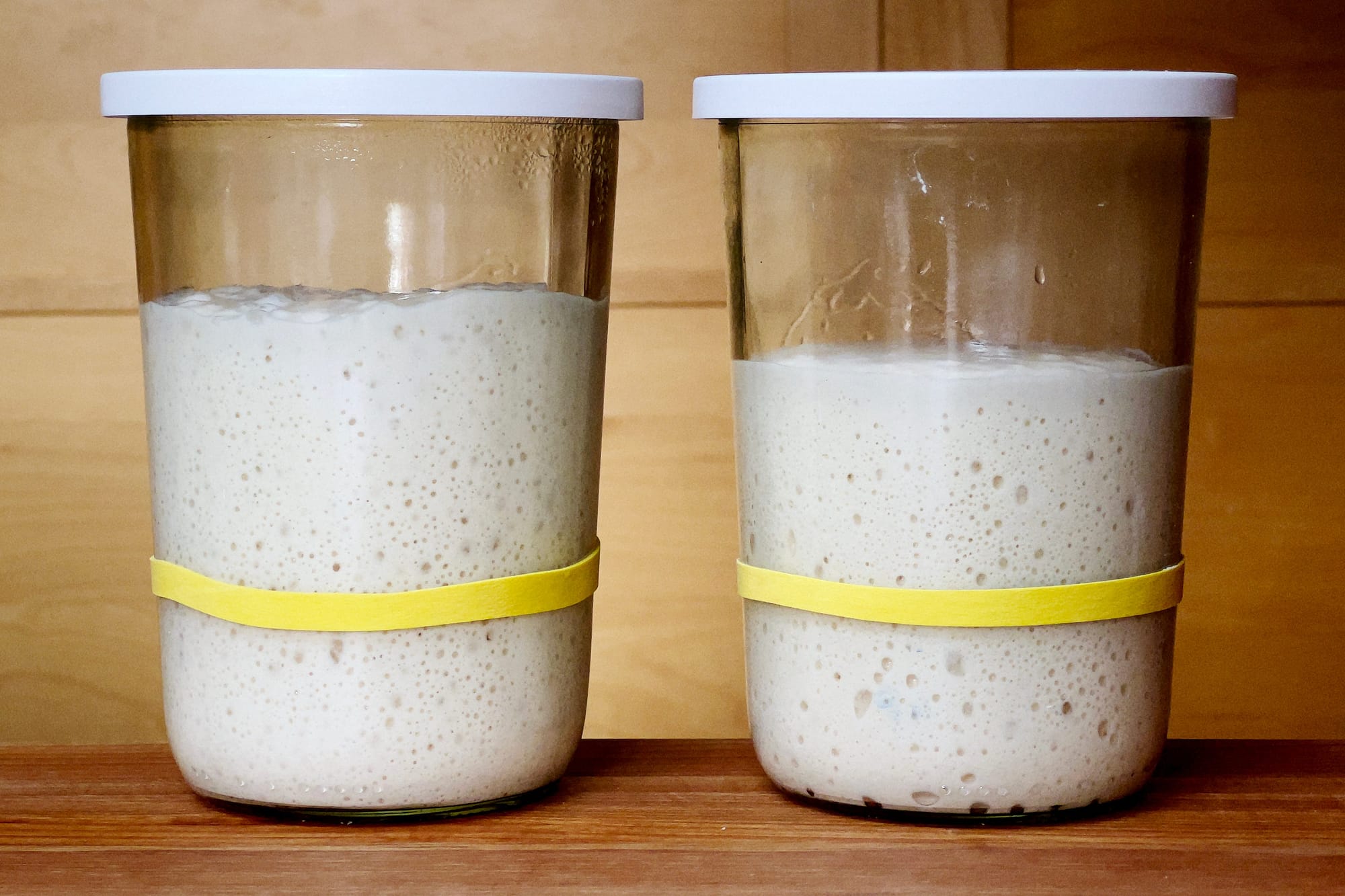
Whether you acquire or create your starter from scratch, once you have one, you are no longer in the driver seat, it is. Sourdough baking, and the maintenance of a sourdough starter, above all, demands attention. Attention to a schedule, whether to the regular feeding and ebb and flow of the starter, or to the slow and gradual expansion of a dough. Attention to ingredients and ratios, both in the starter and in doughs. And, above all, attention to results: One must learn to recognize the signs of health (or the lack thereof) in a starter or in doughs made with it, and how to correct things if they've gone awry.
All of this takes time and effort to learn, no doubt. (I speak from experience here: I’ve been maintaining and sourdough and baking with sourdough for more than a decade, and even now I learn new things about both almost daily.) And in the beginning, while that can seem like an overwhelming thing for beginners to dive into, there's no question doing so will make you a better baker in the end.
A word of warning, however: If you do get deep into sourdough baking (especially once you begin to experience the joys of the breads it can produce), there really is no turning back. Once you are under its spell, you’ll be there forever.
I’m curious to know how many of you here are already baking sourdough or haven’t yet and plan to. Please let me know using the survey questions below:
-Andrew
wordloaf Newsletter
Join the newsletter to receive the latest updates in your inbox.
